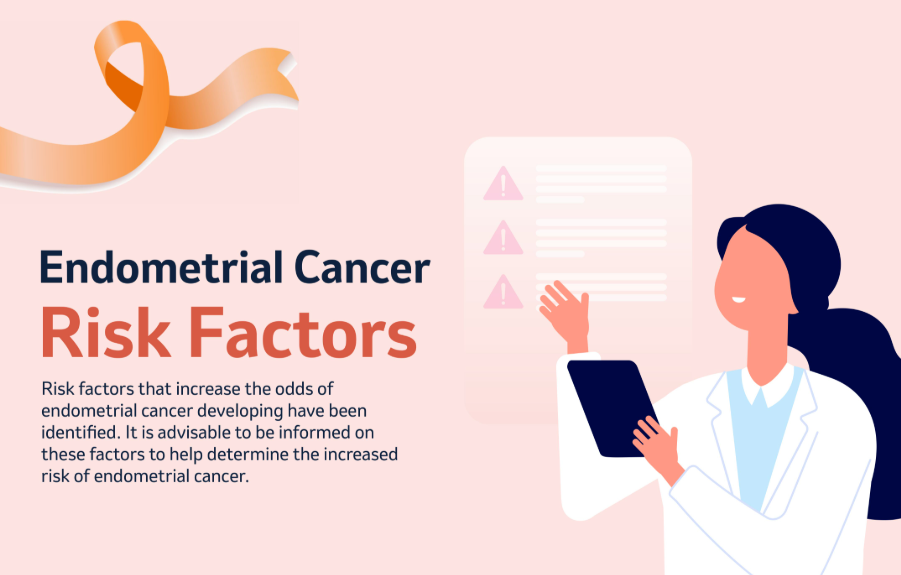Risk factors that increase the odds of developing endometrial cancer have been identified, and being aware of them can help women understand their level of risk.
Age is the leading factor. Being post-menopausal greatly increases risk, with the average age of diagnosis at 60 years old. Women diagnosed before turning 50 are considered to have early-onset endometrial cancer.
Another major factor is exposure to estrogen. Estrogen plays a pivotal role in women’s reproductive and sexual health, but increased exposure can cause abnormal thickening of the endometrial lining. This can occur due to:
- Using estrogen-only hormone therapy
- Early menstruation or late menopause
- Never having been pregnant
- Taking certain medications for breast cancer treatment or prevention
Recent studies have also found other contributors. Regular use of hair-straightening products was linked to a higher likelihood of developing uterine cancer. Obesity significantly increases both the risk of developing and dying from endometrial cancer, while family history and genetic conditions like Lynch syndrome further elevate risk.
Lastly, endometrial hyperplasia — the excess thickening of the uterine lining — is a precancerous condition that can evolve into endometrial cancer if not treated.
Staying informed about these risk factors is key to early detection and prevention.




